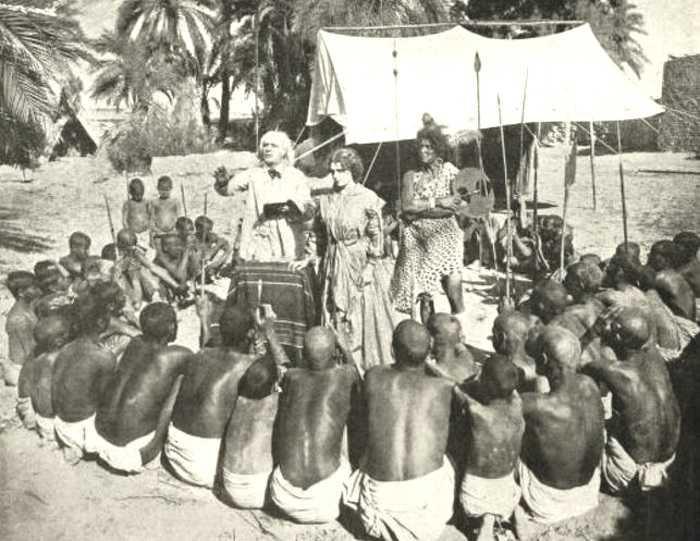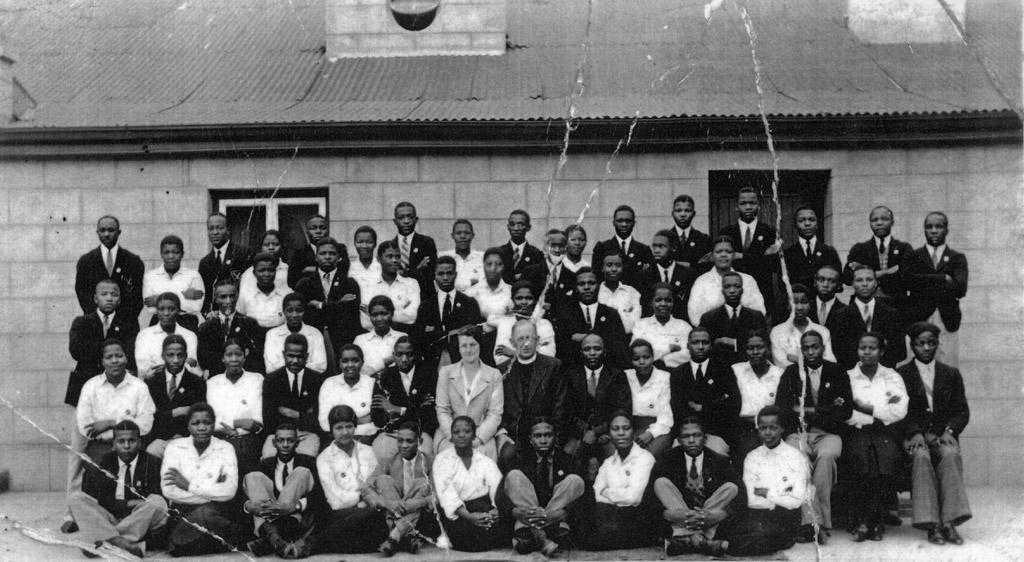The history of education in rural South Africa is deeply intertwined with the activities of missionaries. From the early 19th century onward, various missionary societies established schools and educational institutions, significantly impacting the lives of countless individuals. This article explores the multifaceted role of missionaries in shaping rural education, examining both the positive contributions and the often problematic aspects of their influence. It delves into the motivations, methods, and lasting effects of missionary education, ultimately offering a nuanced understanding of this complex historical relationship.
Early Motivations and the Spread of Christianity
Missionary societies, driven by a desire to spread Christianity and uplift the "heathen," played a crucial role in establishing educational institutions in rural areas. The motivations were often a blend of religious zeal and a perceived need to civilize indigenous populations. The belief in the superiority of Western culture and values, coupled with a conviction that education was a vital tool for achieving this, influenced the curriculum and pedagogical approaches. Early missionary schools often focused on religious instruction alongside basic literacy and numeracy skills. The primary goal was not necessarily to foster critical thinking or independent learning but rather to instill Christian values and create a compliant workforce.
Missionaries played a pioneering role in establishing infrastructure for education in previously underserved rural communities. They built schools, often in remote areas, providing access to learning for individuals who might otherwise have had limited opportunities. These schools often became central community hubs, not only providing education but also serving as spaces for social gatherings and community events. The construction of schools, often alongside churches, was a tangible manifestation of missionary presence and influence.
The curriculum in missionary schools was often designed to reflect the missionaries' understanding of the needs of the local communities. However, this understanding was often filtered through a colonial lens. Subjects like arithmetic, reading, and writing were often taught alongside religious instruction. In some cases, the curriculum also included practical skills such as agriculture and basic craftsmanship, aiming to equip students with skills relevant to their communities. Pedagogical approaches often relied on rote learning and memorization, reflecting the prevalent educational practices of the time. While some schools fostered a sense of community and provided a foundation for further education, others were criticized for their rigid and culturally insensitive methods.
The introduction of missionary education had a significant impact on local languages and cultures. In many instances, indigenous languages were discouraged or even suppressed, with English or Dutch becoming the primary language of instruction. This shift could lead to the erosion of cultural traditions and the loss of knowledge passed down through generations. However, some missionaries also worked to document and preserve local languages and oral traditions, although this was often secondary to the primary goal of promoting Christianity. The impact varied widely depending on the specific missionary society and the local community's response.
Various missionary societies, each with its own ideologies and approaches, played a role in shaping education in rural South Africa. The Dutch Reformed Church, for instance, established a network of schools that emphasized religious instruction and the Dutch language. Other societies, such as the Anglican and Methodist missions, adopted different approaches, with varying degrees of emphasis on local languages and cultural sensitivity. Examining the specific activities of these different societies reveals the diverse impact of missionary education on different communities.
The legacy of missionary education in rural South Africa is complex and multifaceted. While some missionary schools provided much-needed access to education and basic skills, others perpetuated cultural biases and contributed to the marginalization of indigenous knowledge systems. The emphasis on religious instruction sometimes overshadowed the development of critical thinking and independent learning. The lasting effects are evident in the educational systems and social structures of rural South Africa today, with both positive and negative consequences.
Missionary education was not without its criticisms. Critics argued that the emphasis on religious conversion often overshadowed the broader educational needs of the communities. The imposition of Western educational models and values was also seen as a form of cultural imperialism, leading to the marginalization of indigenous knowledge and practices. Furthermore, the lack of consideration for the specific needs and aspirations of local communities often resulted in educational systems that were ill-suited to the context.
The role of missionaries in shaping rural education in South Africa is a complex legacy. While missionaries played a vital role in establishing schools and providing access to education in previously underserved areas, their methods and motivations were often rooted in a specific colonial worldview. The emphasis on religious conversion, the imposition of Western values, and the sometimes-suppression of indigenous languages and cultures were significant drawbacks. Understanding this complex history is essential for a nuanced perspective on the development of education in rural South Africa and the ongoing challenges faced by these communities. The legacy of missionary education continues to shape the present, prompting ongoing conversations about the balance between cultural preservation and educational progress.




